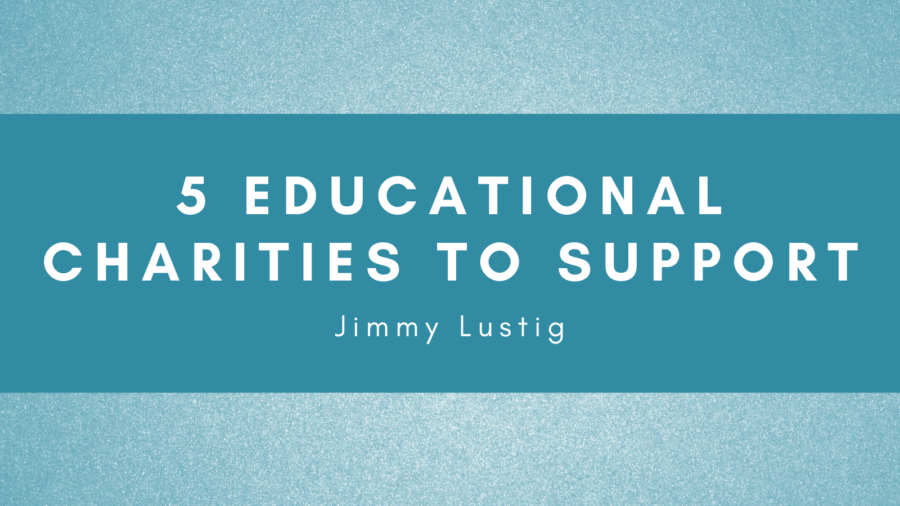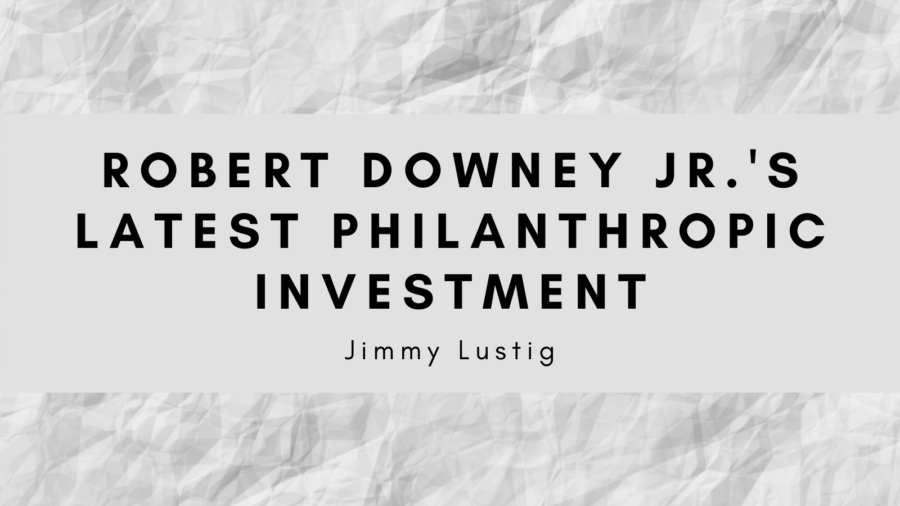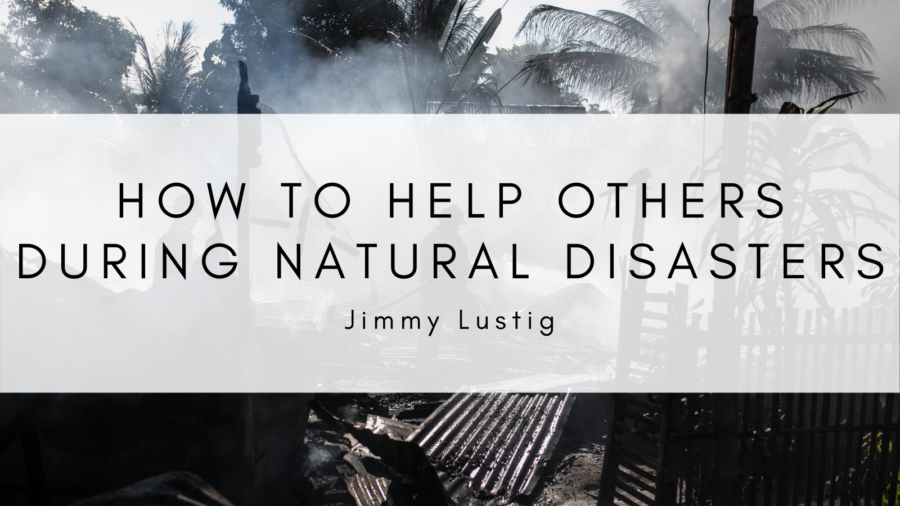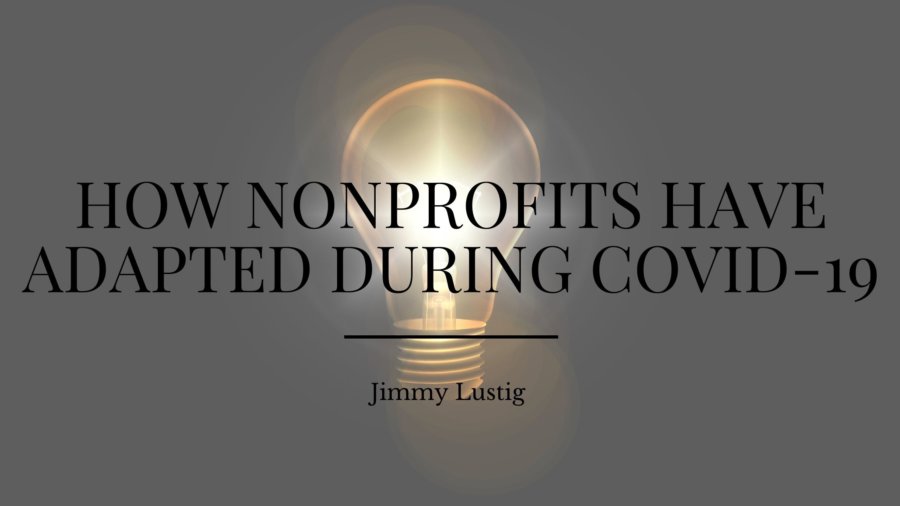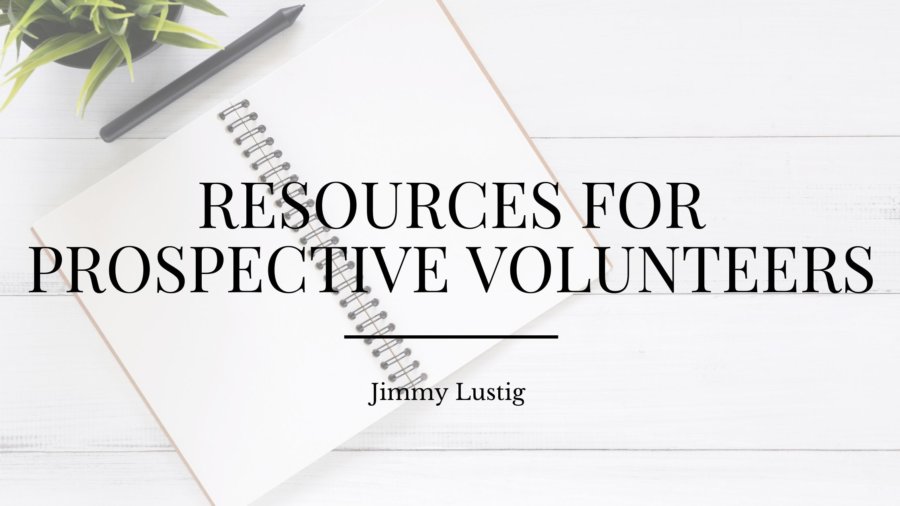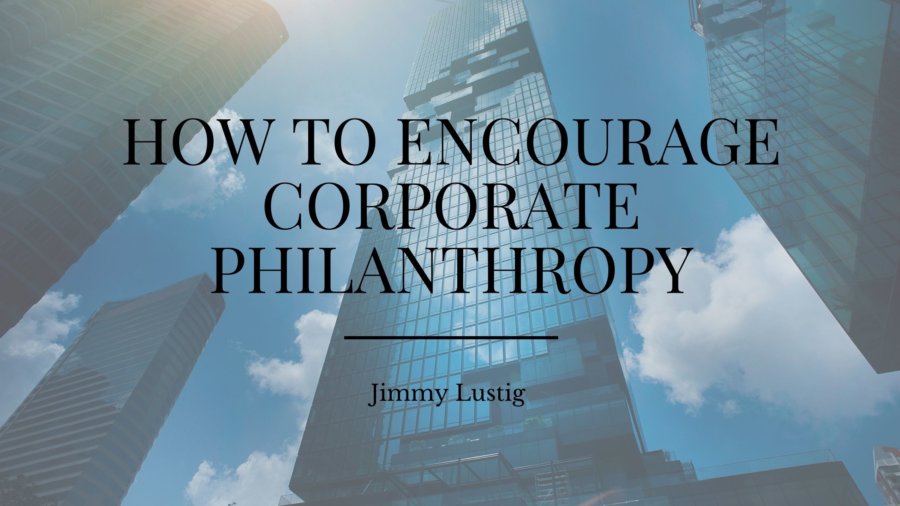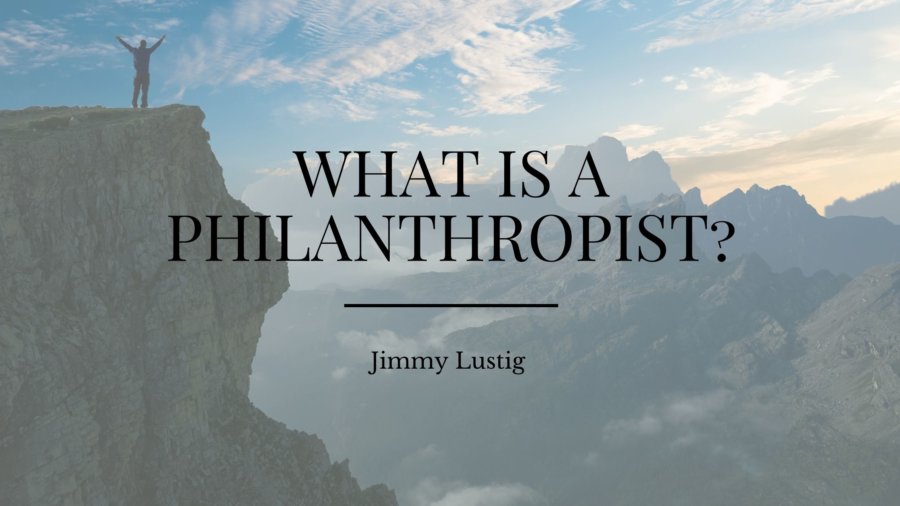Several organizations that are among the leaders in building businesses are assisting American minority entrepreneurs. In their efforts to encourage these minority entrepreneurs to be successful, they assist startup companies and obtain the necessary funding. Among the most prominent of these organizations are the following:
Techstars Foundation
Working toward increasing the numbers of minority founders in the tech community, Techstars, an American seed accelerator, has launched a nonprofit division named Techstars Foundation that works to improve the representation of tech founders who are minorities by affording this group grants, scholarships, and sponsorships. Today, Techstars’ vast network of startup companies that number 762 with a collective funding of more than $2 billion can make sizable contributions to diversity in the world of technology.
CODE 2040
A nonprofit organization that robustly pursues its goal of representing Blacks and Latinos in the areas of technology, investments, and entrepreneurship, CODE 2040 places college-level minority computer science students in top tech companies’ internship programs. This organization has also initiated a one-year Residency Program that provides minority entrepreneurs financial help and support from experienced entrepreneurs and investors in building companies in their communities.
500 Startups
Since its beginnings, 500 Startups has invested in startups led by minorities and women such as AllDay Media, Mayvenn, and Walker & Co. To date, 15 classes have graduated from 500 Startups. In May of 2020, 500 Startups launched its Diversity & Entrepreneurship Summit, part of a conference series connecting minority entrepreneurs with founders and leaders of the tech startup community and venture partners. Additionally, the organization launched a $25 million micro fund for investing in startups that were beginning and led by minority founders.
Black Founders
As a national network of African-American founders, Black Founders works to increase black entrepreneurs’ numbers in technology. To do so, this organization generates networking events, educational programs, and a conference series throughout the year. One program begun by Black Founders is HBCUHacks, a series of weekend hackathons that provides students attending historically black universities and colleges opportunities to develop computer science skills so they can invent software and apps. One-fifth of those participating students who graduate with a degree in engineering have benefited from this successful program.



